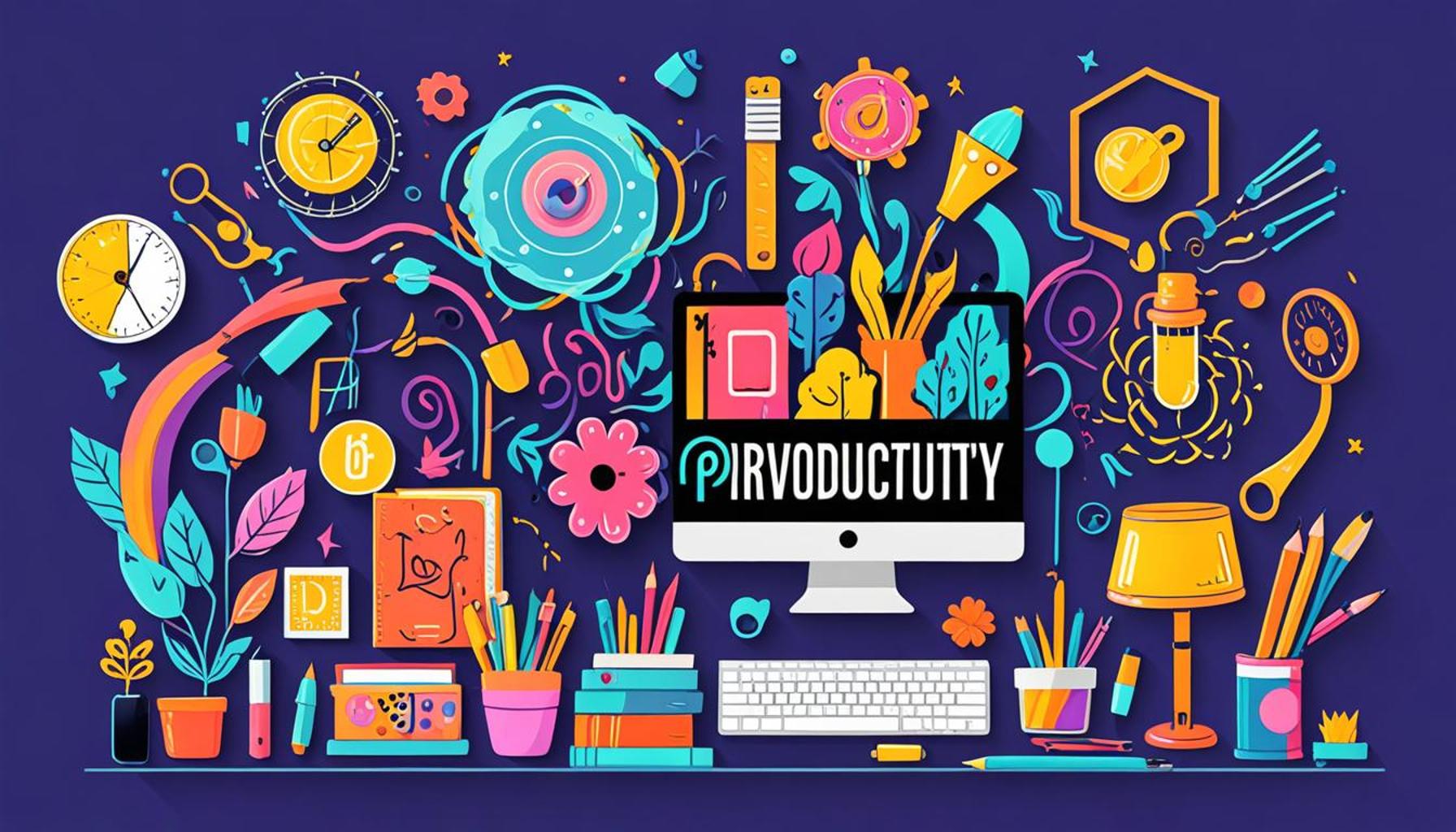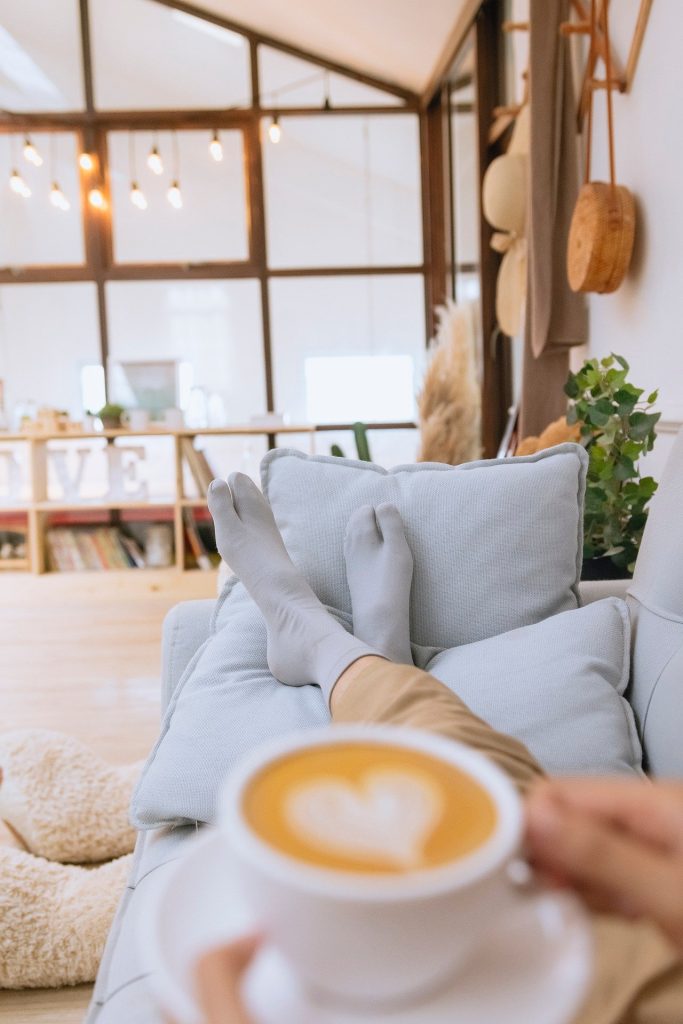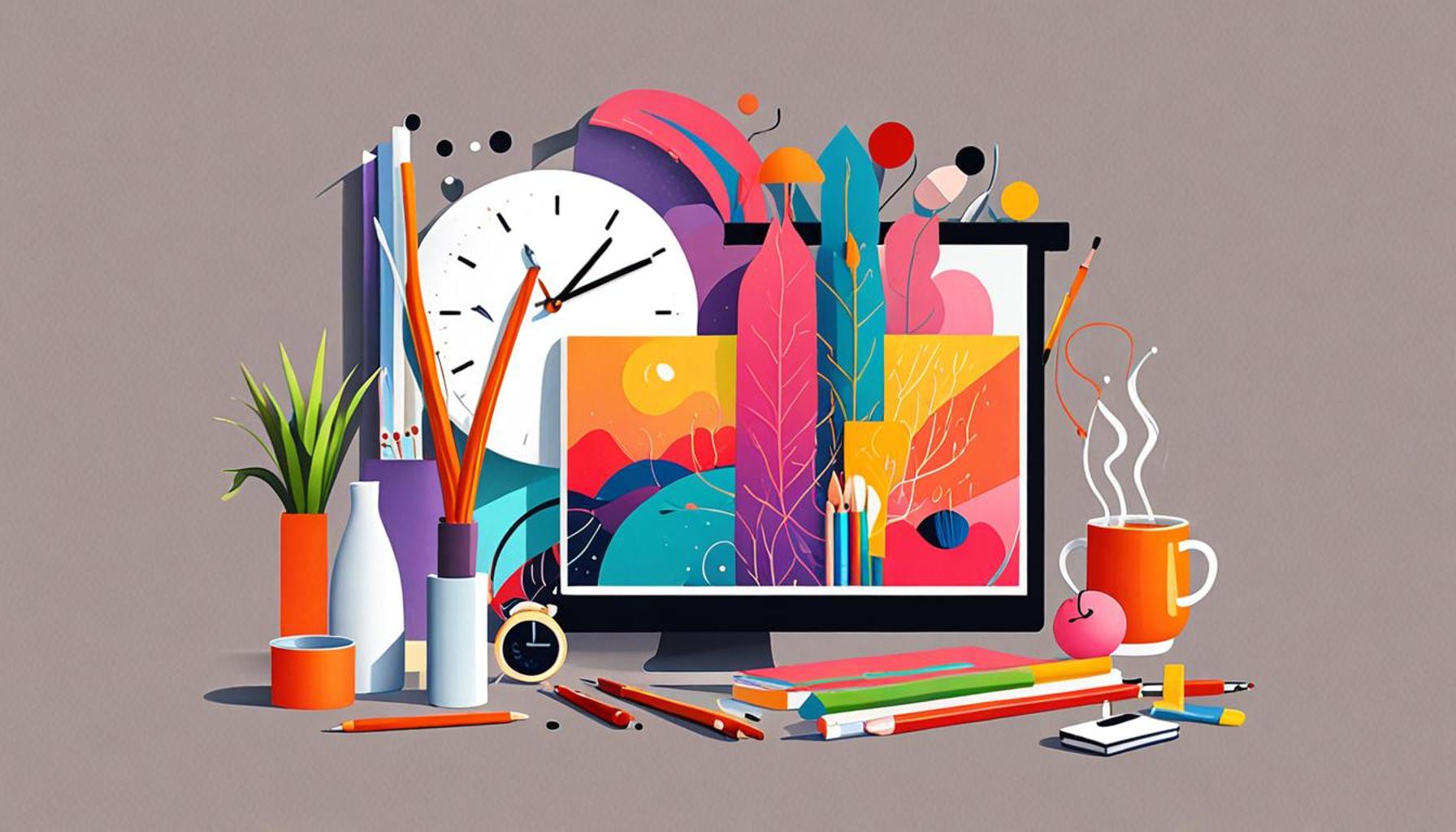How Intentional Design Can Increase Productivity and Mental Clarity in Daily Life

Unlocking the Power of Intentional Design
In a world crowded with distractions and chaos, the principles of intentional design offer a pathway to greater productivity and enhanced mental clarity. By consciously shaping our environments, we can streamline our thoughts and actions. The spaces we inhabit can either uplift us or hold us back; the choice is ours to make.
What is Intentional Design?
Intentional design goes beyond aesthetics; it focuses on purpose and efficiency. This approach involves:
- Thoughtful layouts: Organizing spaces to minimize clutter and optimize workflows. For example, in a home office, a well-planned layout might place essential tools within arm’s reach to keep productivity flowing and distractions at bay.
- Color psychology: Utilizing colors that enhance focus and reduce stress. Research indicates that blue hues can promote calmness while sharp yellows can invigorate creativity—transforming how we perceive and interact with our environments.
- Functional furnishings: Selecting furniture that promotes comfort and encourages movement. Ergonomically designed chairs can reduce discomfort during long hours of work, fostering a better focus and commitment to tasks.
The impact of these design choices can be profound. Studies show that environments tailored for productivity can lead to:
- Increased focus: Reducing distractions enhances concentration. An uncluttered desk can allow for more efficient thought processes, fostering a sense of clarity amid demanding tasks.
- Better time management: Clear organization in workspaces leads to efficient task prioritization. Systems such as the Kanban board method can visually streamline projects, making it easier to allocate time and resources.
- Improved well-being: A harmonious environment can lower stress levels and elevate mood. Spaces designed with natural elements, such as indoor plants or views of nature, have been shown to lower cortisol levels, providing a mental boost.
As we delve deeper into the world of intentional design, the potential transformations in our daily lives become clearer. Imagine entering a workspace that welcomes you—not just visually, but also functionally, making your work feel less like an obligation and more like a flowing extension of your creativity.
Are you ready to rediscover your surroundings and unlock the productivity you never knew you had? Whether it’s a corner of your home or an entire office space, embracing intentional design can shift the way we interact with the world around us. Start today by evaluating your spaces, making small adjustments that align with these principles, and witnessing the rippling effects on your overall productivity and well-being.

DISCOVER MORE: Click here to delve into seasonal decluttering techniques
The Essentials of Intentional Design
To truly harness the benefits of intentional design, one must first understand its core tenets. At its heart, intentional design is about creating spaces that are not only functional but also enhance mental clarity and productivity. This multifaceted approach involves analyzing how our environments affect our behavior and mindset. Here are some fundamental elements to consider:
- Decluttering: The importance of an organized space cannot be overstated. Clutter is a silent productivity killer. A study by Princeton University found that physical clutter in your surroundings competes for your attention, resulting in decreased focus. By regularly tidying up and eliminating unnecessary items, one can create a clean canvas that fosters creativity and heightened productivity.
- Lighting: Natural light has a well-documented impact on mood and alertness. Research published in the Journal of Clinical Sleep Medicine indicates that exposure to natural daylight can significantly boost energy levels and enhance overall well-being. In contrast, inadequate lighting can strain the eyes and lead to fatigue. Consider arranging your workspace near a window or using full-spectrum bulbs to mimic natural light, thereby improving your focus and concentration.
- Acoustic Design: Noise pollution is a pervasive issue in many environments. Studies from the Center for the Built Environment show that excessive background noise can cause stress and hinder cognitive performance. Implementing sound-absorbing materials or establishing designated quiet zones can significantly improve mental clarity, allowing for deeper engagement with tasks.
- Personalization: Incorporating elements of personal significance can transform a space from impersonal to inspiring. According to psychology, personal artifacts evoke positive emotions, creating a more stimulating work environment. Be it a photo, a memento from a cherished trip, or artwork that resonates with you, adding these touches can make an immense difference in your daily feelings and productivity levels.
These design choices serve to optimize the environments we inhabit, making it easier to overcome daily challenges. This intentional approach to our surroundings can result in numerous advantages that extend beyond mere aesthetic improvements. As we continue to explore how intentional design can significantly contribute to productivity and mental clarity, it becomes clear that small adjustments today can lead to profound impacts tomorrow.
As individuals seek to enhance their productivity and well-being, they should start by assessing their immediate surroundings. Consider what aspects are beneficial and which ones may be inhibiting progress. By employing the principles of intentional design, anyone can create an environment that cultivates focus, fosters efficiency, and enhances mental clarity.
| Advantages | Impact on Life |
|---|---|
| Enhanced Focus | Intentional designs help minimize distractions, fostering deeper concentration. |
| Improved Spatial Organization | A well-designed space promotes efficiency, allowing for easier navigation and access to resources. |
| Psychological Benefits | Aesthetically pleasing environments can alleviate stress and boost mood, enhancing overall well-being. |
| Adaptability | Flexible design allows for adjustments based on changing tasks, maintaining productivity throughout the day. |
In the realm of productivity and mental clarity, recognizing the influence of intentional design cannot be overstated. The strategic arrangement of space, lighting, and resources not only elevates our operational efficiency but also significantly affects our mental landscape. When environments are tailored with purpose, individuals find it easier to engage deeply with tasks at hand, promoting a flow state essential for maximum output. Moreover, the interplay between physical surroundings and psychological health is profound. Studies suggest that environments optimized for clarity can lead to reductions in anxiety and boosts in creative thinking. As individuals become more aware of their surroundings, they begin to understand the profound connection between their environments and their ability to harness their full potential. Embracing intentional design is not merely about aesthetics—it is a transformative approach to enhancing daily life in significant, measurable ways. By fostering environments that support personal growth and productivity, we pave the way for a more balanced and fulfilling existence.
DISCOVER MORE: Click here to learn how minimalism enhances productivity
Creating a Conducive Atmosphere
Understanding how intentional design can increase productivity and mental clarity extends beyond the physical organization of a space. It also embraces the overall atmosphere cultivated within environments ranging from home offices to communal workplaces. Key elements of this atmosphere can profoundly affect how we feel and function daily.
- Color Psychology: Color has a powerful impact on emotions and can influence one’s productivity levels. Research from the Institute for Color Research suggests that color can affect mood by up to 80%. For instance, blue is often linked to a calming effect, promoting focus and concentration, while yellow can stimulate creativity and energy. Incorporating color palettes tailored to specific tasks can aid in enhancing the functionality of the space and the mindset of individuals working within it.
- Ergonomics: When considering productivity and mental clarity, ergonomics plays a crucial role in physical comfort. Poorly designed workspaces can lead to discomfort, distraction, and even pain, which detracts from both focus and motivation. According to the Bureau of Labor Statistics, workers dealing with ergonomic-related issues lose approximately 3.3 million days of work each year. Investing in ergonomic chairs and desks adjusts height and support, promoting healthier posture and overall well-being.
- Biophilic Design: Integrating elements of nature into design—known as biophilic design—has shown promise in enhancing mental wellness and productivity. A study published in the Journal of Environmental Psychology observed that workplaces incorporating plants reported a 15% increase in productivity. Indoor plants not only improve air quality, but they also reduce stress and foster creativity. Even simple additions like succulents or air-purifying plants can create a more inviting and revitalizing workspace.
- Flexible Spaces: With the rise of remote work, having flexible spaces has become essential. The concept of designated zones within a workspace allows for differentiation between tasks—whether it’s creative brainstorming, focused work, or relaxation. Studies from Harvard Business Review indicate that flexibility in workspace design can boost collaboration and innovation, engaging employees in a more meaningful way. Considerations for modular furniture or movable dividers can help tailor environments that adapt to varying needs.
All these factors contribute to a richer understanding of intentional design as a multiplier for not just productivity but mental clarity as well. Recognizing the interconnectedness of these elements fosters a holistic view of our environments. Individuals can take small yet impactful steps to evaluate and modify their spaces to amplify mental agility and efficiency.
By being intentional about design choices, individuals can create environments that resonate with their goals and needs, providing a solid foundation for increased productivity and unwavering mental clarity. As we engage more deeply with the principles of intentional design, it becomes evident that these are not mere trends but critical components of a supportive and thriving work life.
DIVE DEEPER: Click here to discover how mindful living can transform your space and mind</
Conclusion
In the quest for enhanced productivity and mental clarity, intentional design emerges as a crucial ally. The way we structure our environments—from the color of the walls to the ergonomics of our furniture—can profoundly influence our daily functioning and overall well-being. By understanding the principles of color psychology, ergonomics, biophilic design, and the necessity for flexible spaces, individuals can create tailored settings that foster creativity, focus, and comfort.
The synergy between these elements highlights the significance of a deliberate approach to design. Studies have shown that well-designed workspaces can lead to significant productivity boosts—up to 15% in environments rich with greenery, for example. As remote work becomes increasingly prevalent, adapting our spaces to suit our unique needs allows us to cultivate an atmosphere where innovation and efficiency thrive.
By implementing small yet strategic changes, we can unlock the potential of our spaces, paving the way for not only heightened productivity but also improved mental clarity. Intentional design is not just an aesthetic choice—it’s a lifestyle transformation that aligns our physical surroundings with our personal and professional goals. As we delve deeper into the art and science of design, let us embrace the idea that our environments hold the power to uplift and inspire us in our everyday lives.


